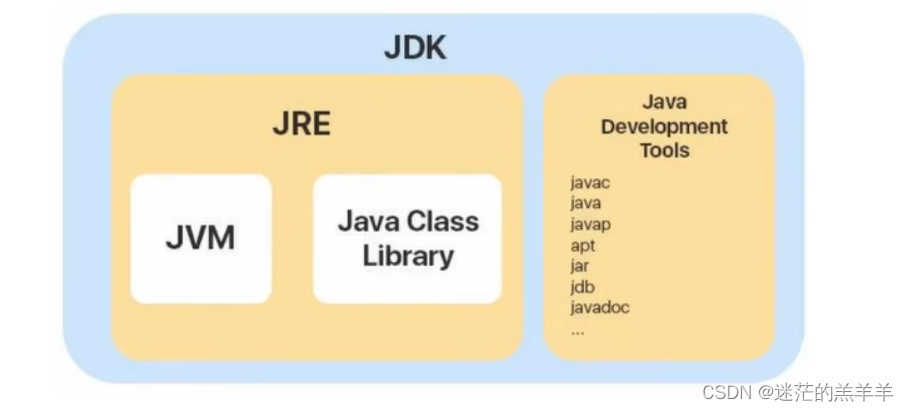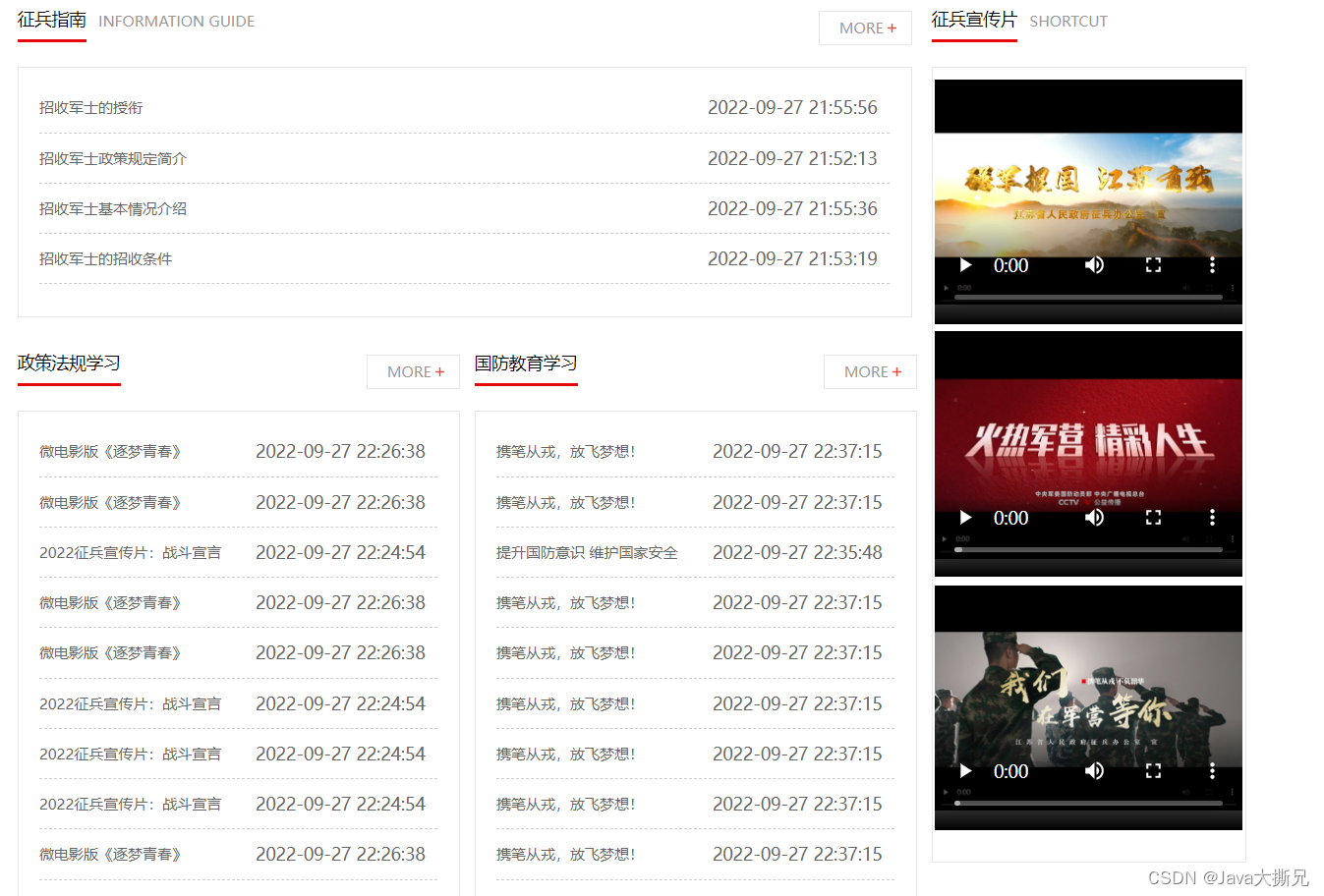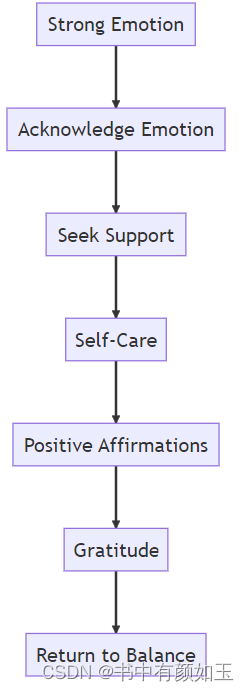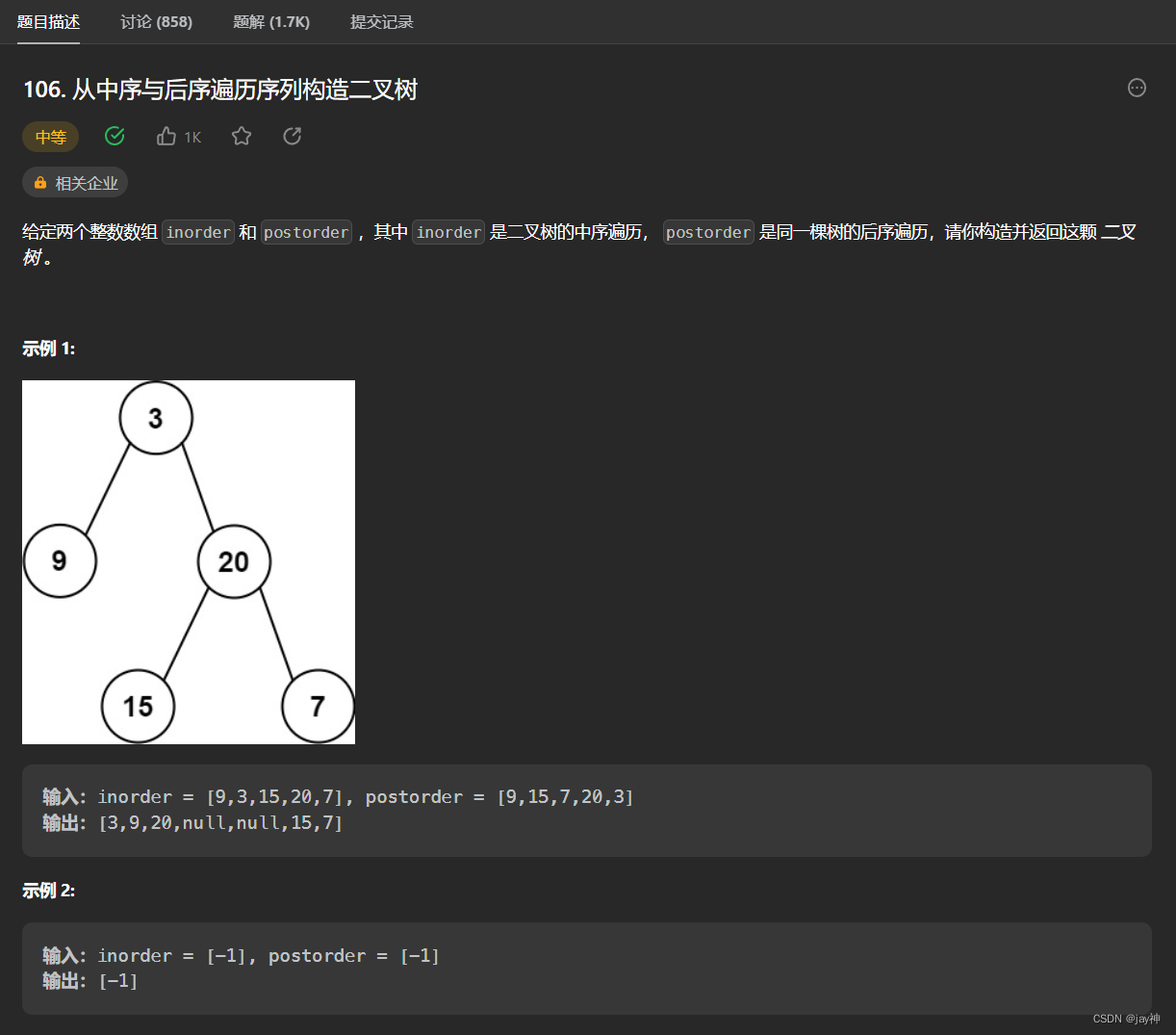上一节课我们学习了第一种结构型模式:代理模式。它在不改变原始类(或者叫被代理类)代码的情况下,通过引入代理类来给原始类附加功能。代理模式在平时的开发经常被用到,常用在业务系统中开发一些非功能性需求,比如:监控、统计、鉴权、限流、事务、幂等、日志。
今天,我们再学习另外一种结构型模式:桥接模式。桥接模式的代码实现非常简单,但是理解起来稍微有点难度,并且应用场景也比较局限,所以,相当于代理模式来说,桥接模式在实际的项目中并没有那么常用,你只需要简单了解,见到能认识就可以,并不是我们学习的重点。
桥接模式的原理
对于这个模式有两种不同的理解方式。
当然,这其中“最纯正”的理解方式,当属GoF的《设计模式》一书中对桥接模式的定义。毕竟,这23种经典的设计模式,最初就是由这本书总结出来的。在GoF的《设计模式》一书中,桥接模式是这么定义的:“Decouple an abstraction from its implementation so that the two can vary independently。”翻译成中文就是:“将抽象和实现解耦,让它们可以独立变化。”
关于桥接模式,很多书籍、资料中,还有另外一种理解方式:“一个类存在两个(或多个)独立变化的维度,我们通过组合的方式,让这两个(或多个)维度可以独立进行扩展。”通过组合关系来替代继承关系,避免继承层次的指数级爆炸。这种理解方式非常类似于,我们之前讲过的“组合优于继承”设计原则,所以,这里我就不多解释了。我们重点看下GoF的理解方式。
其关键在于避免继承层次的指数级爆炸。
GoF给出的定义非常的简短,单凭这一句话,估计没几个人能看懂是什么意思。所以,我们通过JDBC驱动的例子来解释一下。JDBC驱动是桥接模式的经典应用。我们先来看一下,如何利用JDBC驱动来查询数据库。具体的代码如下所示:
Class.forName("com.mysql.jdbc.Driver");//加载及注册JDBC驱动程序
String url = "jdbc:mysql://localhost:3306/sample_db?user=root&password=your_password";
Connection con = DriverManager.getConnection(url);
Statement stmt = con.createStatement();
String query = "select * from test";
ResultSet rs=stmt.executeQuery(query);
while(rs.next()) {rs.getString(1);rs.getInt(2);
}如果我们想要把MySQL数据库换成Oracle数据库,只需要把第一行代码中的com.mysql.jdbc.Driver换成oracle.jdbc.driver.OracleDriver就可以了。当然,也有更灵活的实现方式,我们可以把需要加载的Driver类写到配置文件中,当程序启动的时候,自动从配置文件中加载,这样在切换数据库的时候,我们都不需要修改代码,只需要修改配置文件就可以了。
不管是改代码还是改配置,在项目中,从一个数据库切换到另一种数据库,都只需要改动很少的代码,或者完全不需要改动代码,那如此优雅的数据库切换是如何实现的呢?
package com.mysql.jdbc;
import java.sql.SQLException;/*** The Java SQL framework allows for multiple database drivers. Each driver should supply a class that implements the Driver interface** When a Driver class is loaded, it should create an instance of itself and register it with the DriverManager. This means that a user can load and register a* driver by doing Class.forName("foo.bah.Driver")*/
public class Driver extends NonRegisteringDriver implements java.sql.Driver {//// Register ourselves with the DriverManager//static {try {java.sql.DriverManager.registerDriver(new Driver());} catch (SQLException E) {throw new RuntimeException("Can't register driver!");}}/*** Construct a new driver and register it with DriverManager* * @throws SQLException* if a database error occurs.*/public Driver() throws SQLException {// Required for Class.forName().newInstance()}
}
结合com.mysql.jdbc.Driver的代码实现,我们可以发现,当执行Class.forName(“com.mysql.jdbc.Driver”)这条语句的时候,实际上是做了两件事情。第一件事情是要求JVM查找并加载指定的Driver类,第二件事情是执行该类的静态代码,也就是将MySQL Driver注册到DriverManager类中。
这个也太牛了吧。直接加载类并执行其静态代码块
那么,DriverManager类是干什么用的。当我们把具体的Driver实现类(比如,com.mysql.jdbc.Driver)注册到DriverManager之后,后续所有对JDBC接口的调用,都会委派到对具体的Driver实现类来执行。而Driver实现类都实现了相同的接口(java.sql.Driver ),这也是可以灵活切换Driver的原因。
这里仅仅展示DriverManager类的一些重要属性和方法,其他的进行省略方便展示。
public class DriverManager {private final static CopyOnWriteArrayList<DriverInfo> registeredDrivers = new CopyOnWriteArrayList<DriverInfo>();//...static {loadInitialDrivers();println("JDBC DriverManager initialized");}//...public static synchronized void registerDriver(java.sql.Driver driver) throws SQLException {if (driver != null) {registeredDrivers.addIfAbsent(new DriverInfo(driver));} else {throw new NullPointerException();}}public static Connection getConnection(String url, String user, String password) throws SQLException {java.util.Properties info = new java.util.Properties();if (user != null) {info.put("user", user);}if (password != null) {info.put("password", password);}return (getConnection(url, info, Reflection.getCallerClass()));}//...
}桥接模式的定义是将“抽象和实现解耦”,让它们可以独立变化。那弄懂定义中“抽象”和“实现”两个概念,就是理解桥接模式的关键。那在JDBC这个例子中,什么是“抽象”?什么是“实现”呢?
实际上,JDBC本身就相当于“抽象”。注意,这里所说的“抽象”,指的并非“抽象类”或“接口”,而是跟具体的数据库无关的、被抽象出来的一套“类库”。具体的Driver(比如,com.mysql.jdbc.Driver)就相当于“实现”。注意,这里所说的“实现”,也并非指“接口的实现类”,而是跟具体数据库相关的一套“类库”。JDBC和Driver独立开发,通过对象之间的组合关系,组装在一起。JDBC的所有逻辑操作,最终都委托给Driver来执行。
有时候,我们可以简单的理解为抽象的是接口,实现是接口的实现。

具体可以学习:JDBC和桥接模式 - 咕~咕咕 - 博客园 (cnblogs.com)
桥接模式的应用举例。
API接口监控告警的例子:根据不同的告警规则,触发不同类型的告警。告警支持多种通知渠道,包括:邮件、短信、微信、自动语音电话。通知的紧急程度有多种类型,包括:SEVERE(严重)、URGENCY(紧急)、NORMAL(普通)、TRIVIAL(无关紧要)。不同的紧急程度对应不同的通知渠道。比如,SERVE(严重)级别的消息会通过“自动语音电话”告知相关人员。
一个变化的维度是通知渠道:邮件、短信、微信和自动语言电话等等
一个变化的维度是通知紧急程度:严重、紧急、普通和无关紧要。
在我们来一块实现一下。我们先来看最简单、最直接的一种实现方式。代码如下所示:
public enum NotificationEmergencyLevel {SEVERE, URGENCY, NORMAL, TRIVIAL
}public class Notification {private List<String> emailAddresses;private List<String> telephones;private List<String> wechatIds;public Notification() {}public void setEmailAddress(List<String> emailAddress) {this.emailAddresses = emailAddress;}public void setTelephones(List<String> telephones) {this.telephones = telephones;}public void setWechatIds(List<String> wechatIds) {this.wechatIds = wechatIds;}public void notify(NotificationEmergencyLevel level, String message) {if (level.equals(NotificationEmergencyLevel.SEVERE)) {//...自动语音电话} else if (level.equals(NotificationEmergencyLevel.URGENCY)) {//...发微信} else if (level.equals(NotificationEmergencyLevel.NORMAL)) {//...发邮件} else if (level.equals(NotificationEmergencyLevel.TRIVIAL)) {//...发邮件}}
}//在API监控告警的例子中,我们如下方式来使用Notification类:
public class ErrorAlertHandler extends AlertHandler {public ErrorAlertHandler(AlertRule rule, Notification notification){super(rule, notification);}@Overridepublic void check(ApiStatInfo apiStatInfo) {if (apiStatInfo.getErrorCount() > rule.getMatchedRule(apiStatInfo.getApi()).getMaxErrorCount()) {notification.notify(NotificationEmergencyLevel.SEVERE, "...");}}
}针对Notification的代码,我们将不同渠道的发送逻辑剥离出来,形成独立的消息发送类(MsgSender相关类)。其中,Notification类相当于抽象,MsgSender类相当于实现,两者可以独立开发,通过组合关系(也就是桥梁)任意组合在一起。所谓任意组合的意思就是,不同紧急程度的消息和发送渠道之间的对应关系,不是在代码中固定写死的,我们可以动态地去指定(比如,通过读取配置来获取对应关系)。
public interface MsgSender {void send(String message);
}public class TelephoneMsgSender implements MsgSender {private List<String> telephones;public TelephoneMsgSender(List<String> telephones) {this.telephones = telephones;}@Overridepublic void send(String message) {//...}}public class EmailMsgSender implements MsgSender {// 与TelephoneMsgSender代码结构类似,所以省略...
}public class WechatMsgSender implements MsgSender {// 与TelephoneMsgSender代码结构类似,所以省略...
}public abstract class Notification {protected MsgSender msgSender;public Notification(MsgSender msgSender) {this.msgSender = msgSender;}public abstract void notify(String message);
}public class SevereNotification extends Notification {public SevereNotification(MsgSender msgSender) {super(msgSender);}@Overridepublic void notify(String message) {msgSender.send(message);}
}public class UrgencyNotification extends Notification {// 与SevereNotification代码结构类似,所以省略...
}
public class NormalNotification extends Notification {// 与SevereNotification代码结构类似,所以省略...
}
public class TrivialNotification extends Notification {// 与SevereNotification代码结构类似,所以省略...
}这样重构以后,就可以进行两个维度的扩展,继续增加通知渠道和通知的紧急类型。
总结:桥接模式的应用场景主要是针对于;一个类存在两个(或多个)独立变化的维度,我们通过组合的方式,让这两个(或多个)维度可以独立进行扩展。”通过组合关系来替代继承关系,避免继承层次的指数级爆炸。











